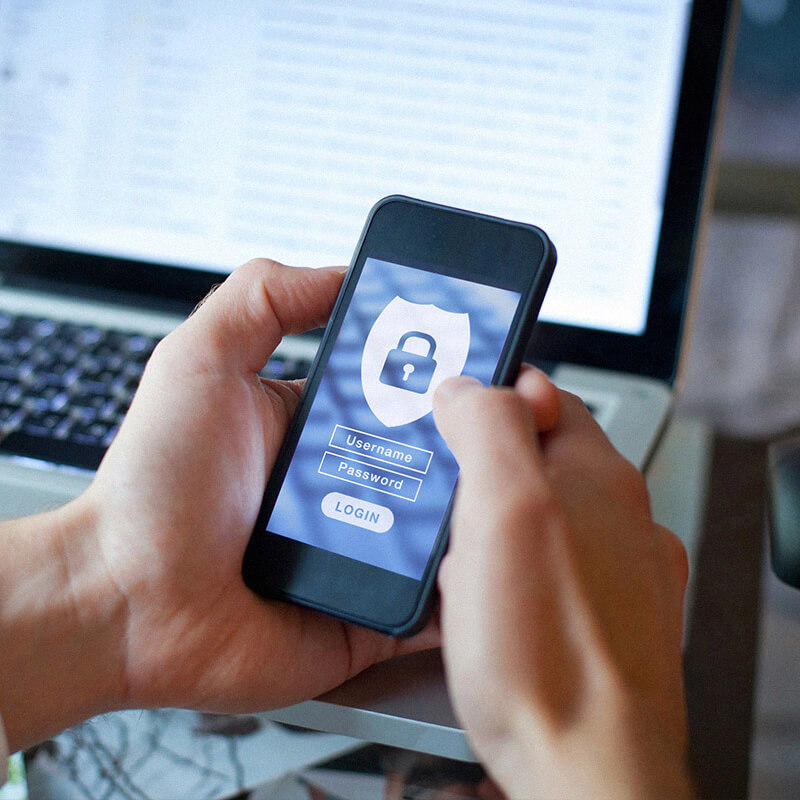
Entrust Identity Essentials
Fast, cost effective multi-factor authentication (MFA) solution that lets Windows-based organizations realize a Zero Trust approach.
Easy to use, easy to deploy
Start with an easy-to-use, easy-to-deploy on-premises multi-factor authentication (MFA) solution, then, if and when it makes sense, migrate to the cloud with Identity as a Service. Seamless integration between the two ensures a frictionless experience while benefitting from three extra authentication options: device fingerprint, mobile push, and grid cards.
Entrust Identity Essentials Benefits
One single solution
Secure and enable your company´s digital business with one solution, one license.
User friendly
Limit user friction with adaptive authentication and self-service password resets.
Maximum flexibility
Provision different authentication methods for different users and requirements.

Best-in-class MFA for added assurance
Available authenticators include SMS, email, voice, and OTP. Option to leverage smart phone biometrics including fingerprint and facial match.
Increase availability with secure device provisioning
ActiveSync for Outlook protects unauthorized devices from accessing users’ email without requiring MDM integration.


Get synchronized with seamless Microsoft integration
An out-of-the-box MFA solution that can be installed in less than five minutes, with no disruption to users, Essentials works with your existing Microsoft environment, including Active Directory (AD) and Active Directory Federation Service (ADFS) for user synchronization.
Differentiating Features
With Identity Essentials, clients get started with an easy-to-use, easy-to-deploy on-premises MFA solution and can migrate to the cloud with Identity as a Service over time, if and when it makes sense.
Best-in-class MFA
With a broad range of supported authenticators, match the asset being accessed, the device being used, and the user's technical ability to the authenticators selected.
Secure device provisioning with ActiveSync for Outlook
Protect unauthorized devices from accessing user’s email without requiring MDM integration.
Adaptive policy-based authentication
Added contextual level of authentication applied based on specific policies including geolocation, geofencing and login behavior.
Mobile SDK
Implements, manages, and scales easily with mobile SDK and cloud migration options.
IT friendly
An out-of-the-box MFA solution that can be installed in less than five minutes with no disruption to users.
Keep your options open: seamless integration to IDaaS
On-premises based Essentials might be the right solution right now, but you may also be looking towards a cloud future as your requirements grow and evolve. We offer easy-to-use tools to extend functionality with Identity as a Service integration along with the option for complete cloud migration, if and when you are ready.
More Products
An Entrust Identity portfolio specialist will be in touch with options soon.
